Nuclear weapons are becoming a major issue for Poland. One way or another, both the Polish president and prime minister want their country to host tactical nuclear weapons as a deterrent against President Putin’s Russia.
In the latest — but by no means the first — statement on this issue, President Andrzej Duda revealed that he recently discussed stationing American tactical nuclear weapons in Poland with Keith Kellogg, the US special envoy for Ukraine.
In an interview with the Financial Times, Duda said: “I think it’s not only that the time has come, but that it would be safer if those weapons were already here.”
At the same time, Donald Tusk, the Polish prime minister and former president of the European Council, has expressed interest in Poland developing its own nuclear weapons, as well as building an army of 500,000 soldiers to counter potential Russian aggression in the future.
Since Russia invaded Ukraine on February 24, 2022, nuclear rhetoric has become increasingly escalatory.
Putin has threatened to use tactical nuclear weapons in Ukraine, most recently justifying their use if long-range, conventionally armed missiles supplied by a Western nuclear power — the US, France, or the UK — posed an existential threat to Russia. (Tactical nukes are short-range and designed for the battlefield, as opposed to strategic weapons, which have a range of thousands of miles and are capable of destroying entire cities.)
In justifying his invasion of Ukraine, Putin has blamed NATO’s expansion, which absorbed all the Eastern European countries that were formerly part of the Warsaw Pact. Two of his demands for resolving the war across Russia’s border are for Ukraine to be demilitarized and permanently barred from joining the Western alliance.
This is where nuclear weapons come in. Poland has taken the most ambitious — and, from the Kremlin’s perspective, the most confrontational — approach against Russia among its former satellite states. It has built a base for the permanent deployment of a US armored division, hosted an American Aegis Ashore missile defense system (operational since December 2023 in Redzikowo, northern Poland), and now, it has offered to house US air-launched tactical nuclear weapons.
The sense of urgency in President Duda’s repeated calls for American nukes intensified after Putin, without any formal consultation, deployed Russian tactical nuclear weapons to Belarus in the summer of 2023. Belarus, Russia’s closest and most loyal ally, provided an additional launchpad for Putin’s invasion of Ukraine.
When Poland first raised the possibility of deploying US tactical nukes on its territory, President Joe Biden reacted with little enthusiasm. His overall strategy has been to avoid actions that could be seen as dangerously escalatory. This was why he delayed sending long-range missiles to Ukraine and, even after reversing his decision, imposed strict limits on their use against targets inside Russia.
President Trump’s approach focuses on ending the war, making it unlikely that he would announce plans to deploy tactical nuclear weapons in Poland as a way to pressure Putin into a peace settlement. In any case, this proposal comes from President Duda — it is not the official policy of Prime Minister Tusk’s government.
NATO has pledged that it has “no intention” to deploy nuclear weapons in member states that joined after 1997.
As a NATO member, Poland is part of the alliance’s Nuclear Planning Group and participates in NATO’s nuclear-sharing strategy, under which the US stations bomber-armed tactical nuclear weapons across Europe.
An estimated 100-150 US B61 nuclear bombs are stored in Belgium, Germany, Italy, the Netherlands, and Turkey. Each country has one nuclear storage site, except for Italy, which has two.
Under current policy — based on commitments made to Moscow in the NATO-Russia Founding Act, signed in Paris on May 27, 1997, after the Soviet Union’s collapse — NATO has pledged that it has “no intention, no plan, and no reason” to deploy nuclear weapons in member states that joined after 1997.
Poland, Hungary, and the Czech Republic were the first former Warsaw Pact nations to join NATO in 1999. Five years later, another seven countries, including the three Baltic states (Estonia, Lithuania, and Latvia), also joined.
Allowing Poland to host US tactical nuclear weapons would violate the Founding Act. However, Russia’s invasion of Ukraine and the growing concerns about further Russian aggression in Eastern Europe may provide NATO with a new “reason” to expand or revise its nuclear-sharing strategy.
Sixty-three years ago, the Soviet Union’s attempt to station medium- and intermediate-range ballistic nuclear missiles in Cuba led to the most dangerous standoff between Moscow and Washington. The 1962 Cuban Missile Crisis has since served as a benchmark for the risks of nuclear brinkmanship.
Today, the standoff with Moscow is not on the same world-threatening scale — despite Trump’s warning to Kyiv that it may be provoking World War III.



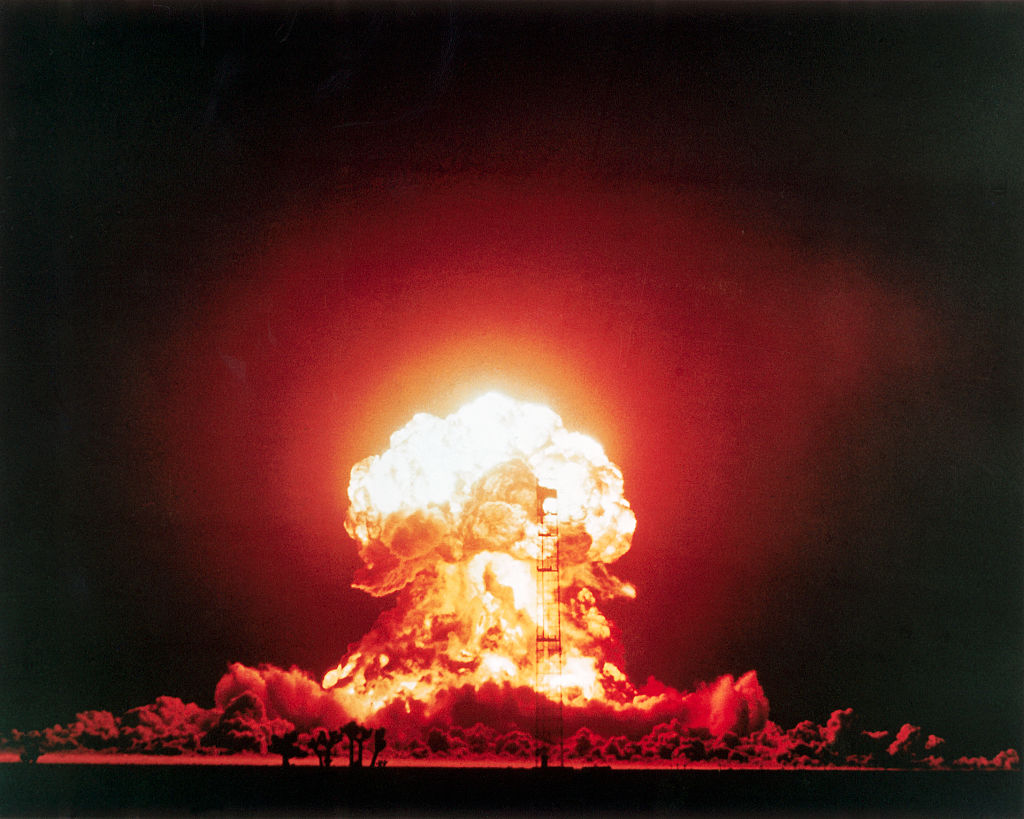









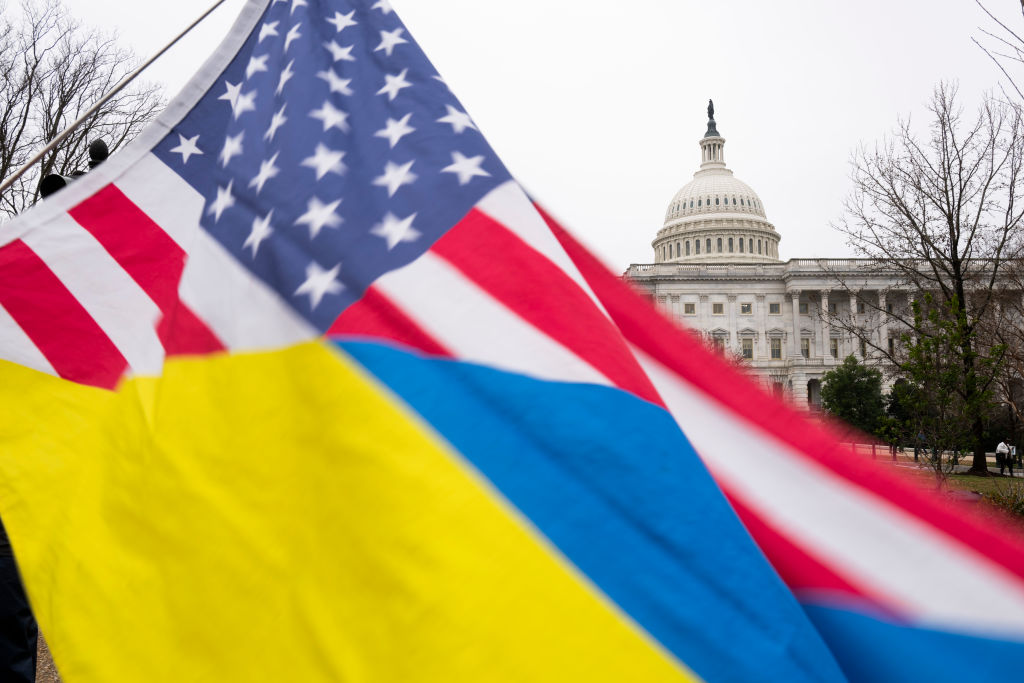

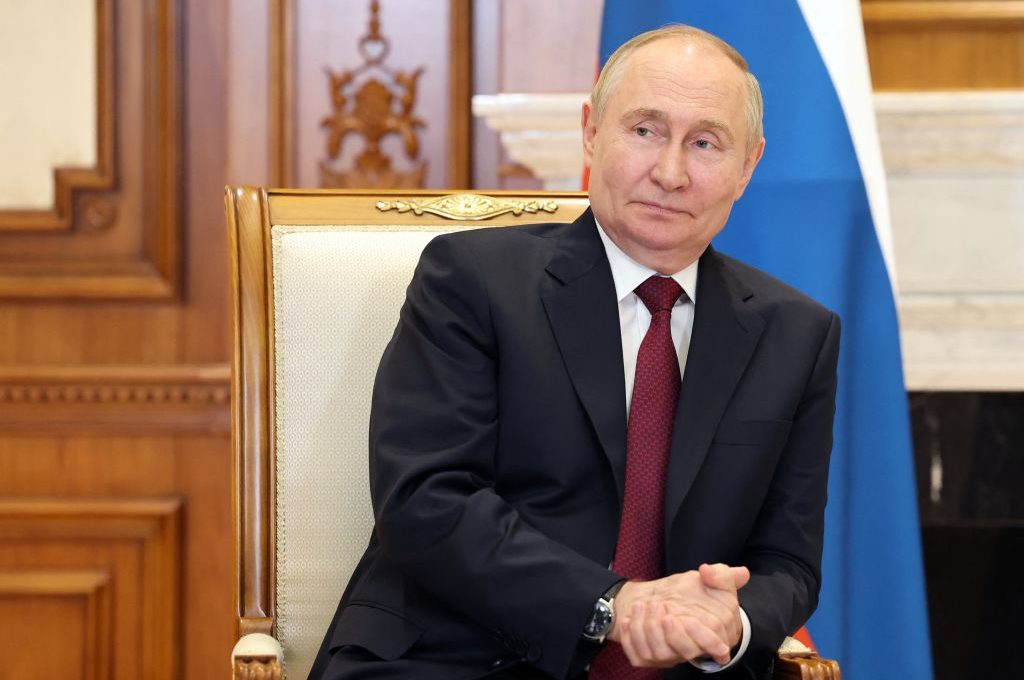
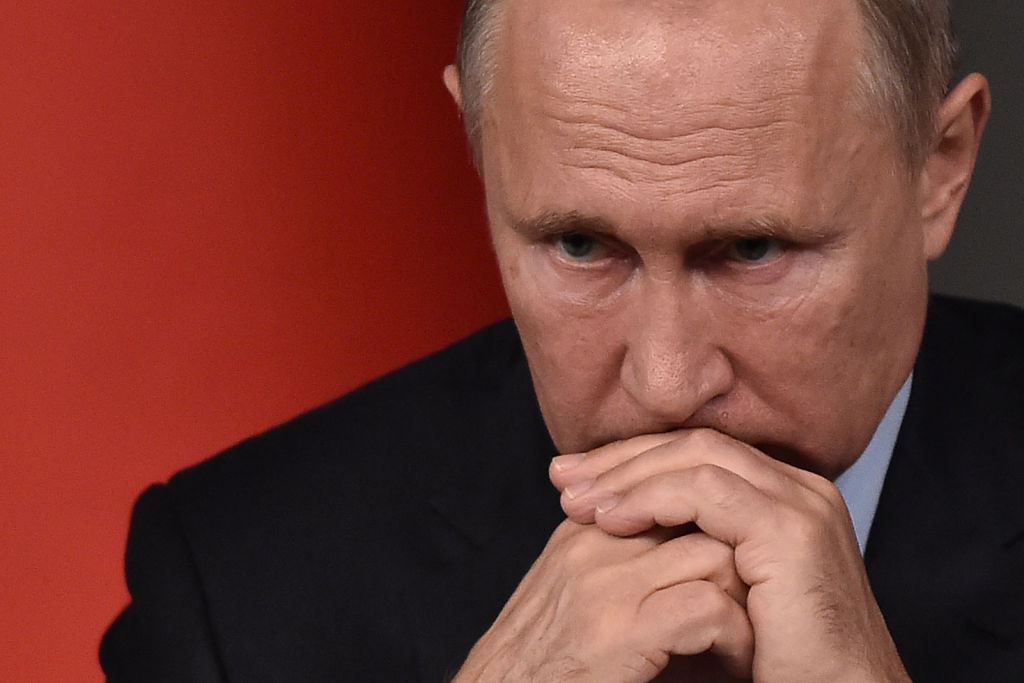
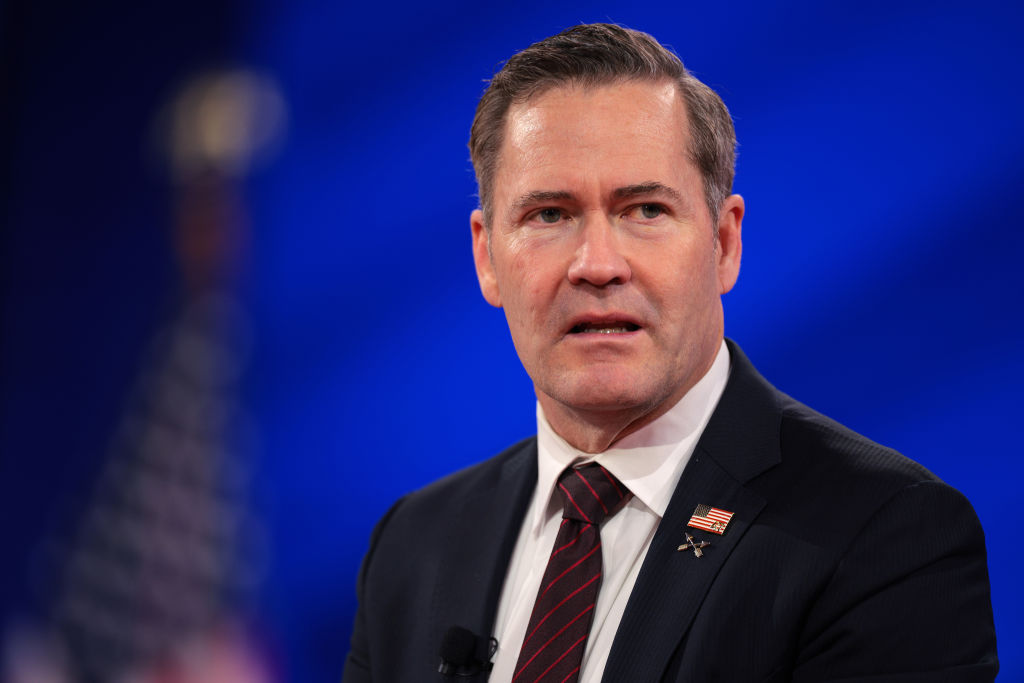


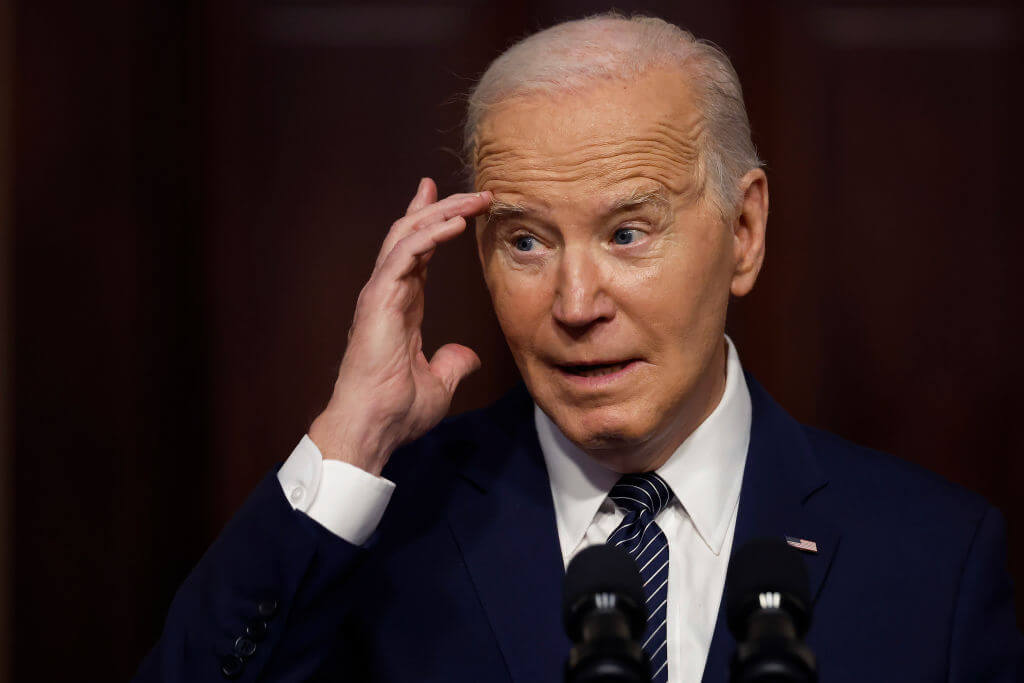



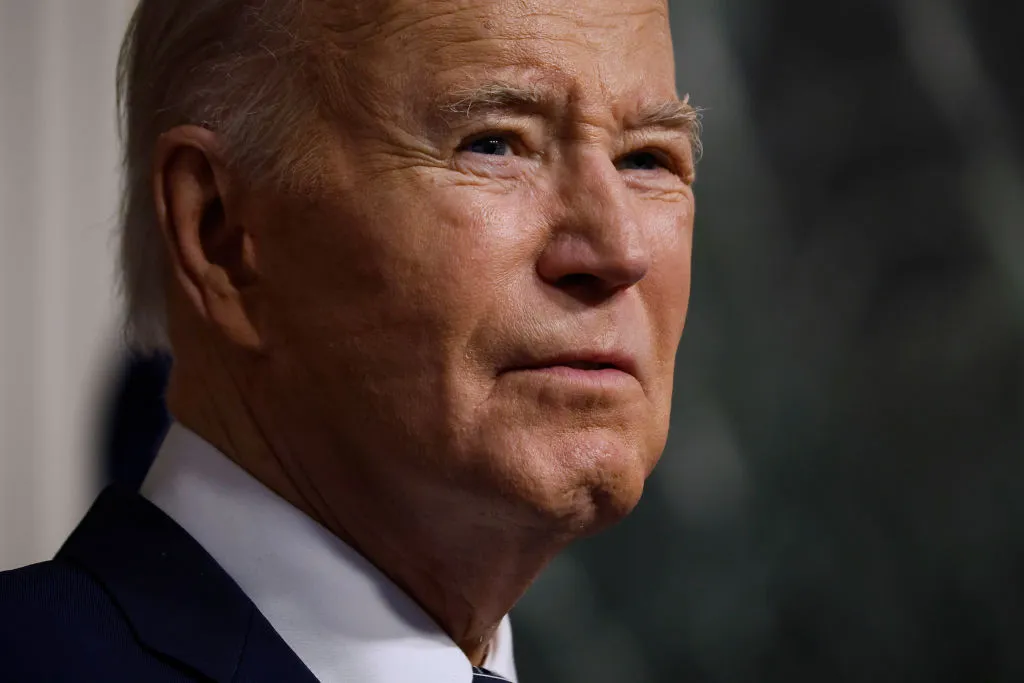

Leave a Reply